SERS: What Is It, Where Has It Happened, And What Are Your Odds?
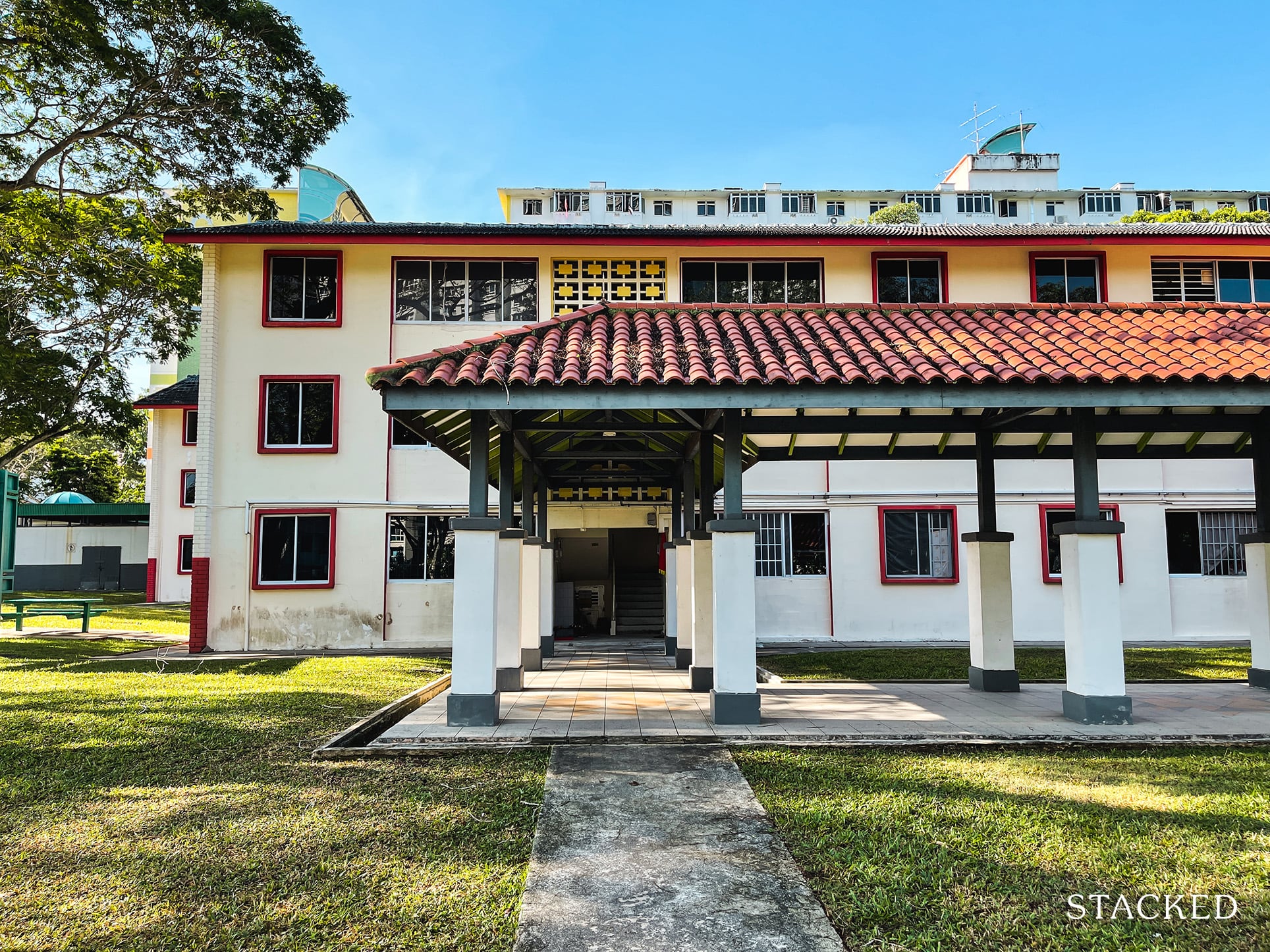
Get The Property Insights Serious Buyers Read First: Join 50,000+ readers who rely on our weekly breakdowns of Singapore’s property market.
A seasoned content strategist with over 17 years in the real estate and financial journalism sectors, Ryan has built a reputation for transforming complex industry jargon into accessible knowledge. With a track record of writing and editing for leading financial platforms and publications, Ryan's expertise has been recognised across various media outlets. His role as a former content editor for 99.co and a co-host for CNA 938's Open House programme underscores his commitment to providing valuable insights into the property market.
The Selective En-Bloc Redevelopment Scheme (SERS) is often considered the next big “HDB lottery winner”, next to a central region BTO flat. In fact, one of the reasons many Singaporeans want a central region flat is because they believe there’s a higher chance of SERS. But coming back to reality, it’s only a handful of Singaporeans who will ever get so lucky – here’s what you need to know about it:
What is SERS?
SERS is a way for HDB to rejuvenate ageing housing estates. The first SERS exercises took place on 22nd August 1995, in Tiong Bahru.
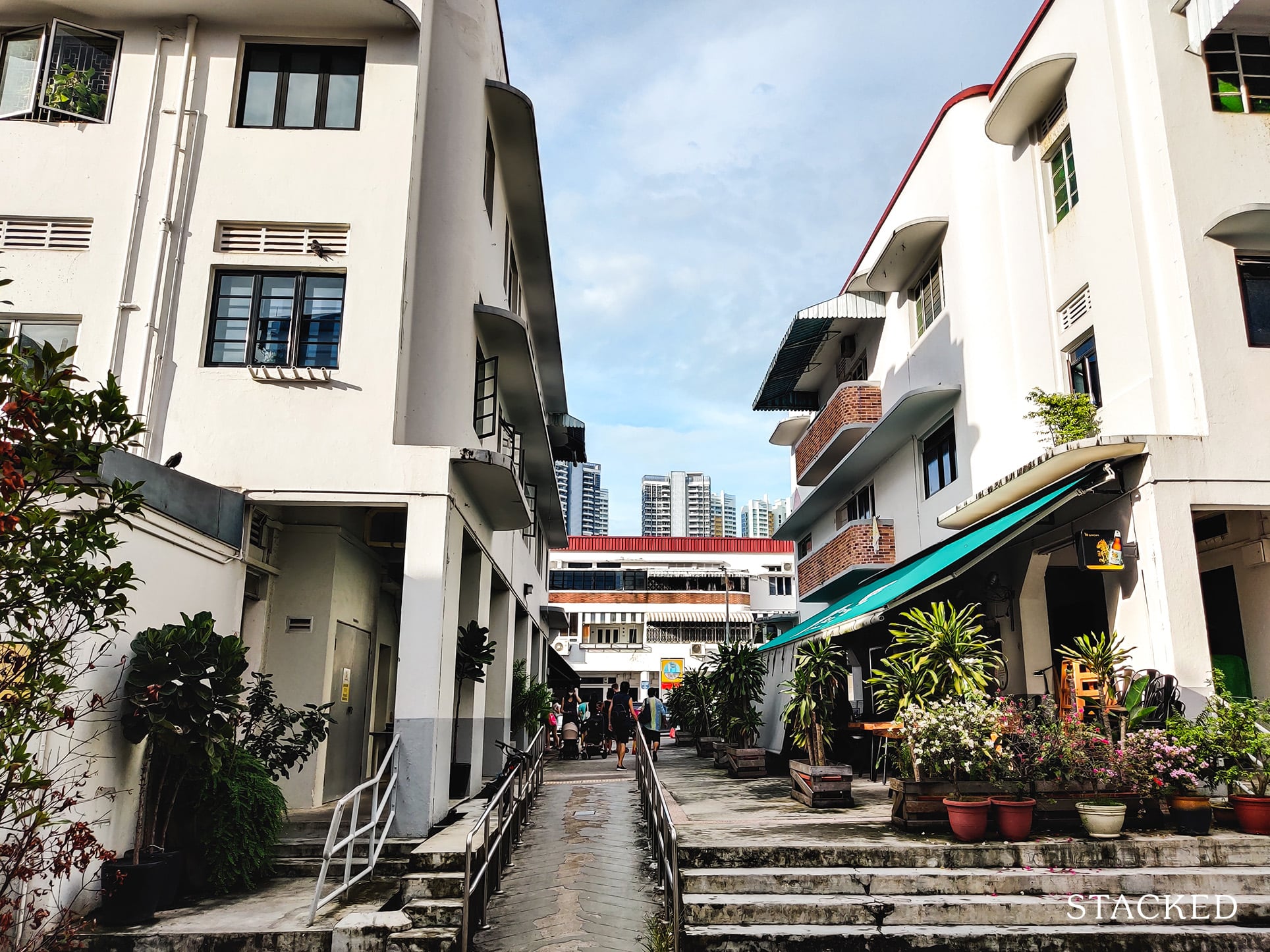
At the time, it was erroneously believed that SERS was the government solution to expiring HDB leases. The property market largely believed that SERS, or a SERS equivalent, would kick in for every HDB estate, long before the 99-year lease could expire. It’s worth noting, however, that the government never made such claims.
This was partly because the pace of SERS in the early years was much faster. Between 1995 to 2000, for example, there had been roughly 40 SERS sites; almost eight per year.
But between 2000 to 2010, the pace began to slow significantly, and we saw only 33 SERS exercises. Between 2010 to the present, we saw only seven SERS events, with the last one being at Circuit Road (Geylang) in May 2018.
Today, it’s been made clear that SERS is not the government solution to 99-year leases. Only four per cent of HDB flats have been marked out for SERS, since it began in 1995.
What happens during SERS?
1. Once your block has been targeted for SERS, you’ll be notified by HDB. Shortly after, HDB will arrange an exhibition, where you can also ask your questions.
2. A private company will conduct a valuation of your flat, and let you know the market value.
3. You’ll attend a Collector’s Inquiry at HDB Hub in Toa Payoh. HDB will do a survey on your preferences for your replacement home, and help with the financial planning process.
4. You’ll then be informed on your financial compensation, which is usually close to market value. It’s up to you to decide your next move, based on this amount.
5. HDB will then consult you on rehousing options. One of these is the Joint Selection Scheme (JSS), which allows multiple households to select their new address on the same day; the idea being that you can move with friends and neighbours. It’s not mandatory, however.
You can either select a replacement flat from select sites (with a fresh 99-year lease of course), or get your own housing elsewhere. HDB officers will walk you through the options and requirements.
6. Key collection (if you’re getting a new flat) and moving out are the final step. You’ll usually have about four months to renovate and move into your new flat after key collection.
Where has SERS happened?
You can see the full table of SERS sites here. This is a quick summary of which HDB towns have seen the most SERS exercises:
| HDB Town | Number of SERS sites | Streets |
| Bukit Merah | 16 | Alexandra RoadBukit Merah HillBoon Tiong RoadDepot RoadHavelock RoadHenderson RoadKim Tian RoadLower Delta Road (two sites) Nile RoadRedhill CloseRedhill RoadSilat RoadTelok Blangah DriveTelok Blangah HeightsZion Road |
| Queenstown | 15 | Commonwealth Avenue (two sites)Commonwealth Drive (two sites)Dover CrescentDover RoadGhim Moh RoadHolland Drive (two sites)Margaret Drive (three sites)Stirling RoadTanglin Halt (two sites) |
| Clementi | 7 | Clementi Avenue 1 Clementi Avenue 3 (three sites)Clementi Avenue 4Clementi Avenue 5West Coast Road |
| Jurong West | 7 | Boon Lay AvenueBoon Lay Drive (two sites)Corporation DriveTah Ching RoadTao Ching RoadYung Ping Road |
| Toa Payoh | 7 | Toa Payoh Lorong 1Toa Payoh Lorong 1AToa Payoh Lorong 2 (Two sites)Toa Payoh Lorong 5Toa Payoh CentralUpper Aljunied Lane |
| Central | 5 | Outram HillOutram ParkPrinsep StreetRochor Road Short Street |
| Ang Mo Kio | 4 | Ang Mo Kio Avenue 1Ang Mo Kio Avenue 3 (two sites)Ang Mo Kio Avenue 10 |
| Bedok | 4 | Bedok North RoadBedok South Avenue 3Chai Chee RoadEast Coast Road |
| Geylang | 4 | Dakota CrescentGeylang SeraiMacPherson LaneSims Drive |
| Kallang / Whampoa | 4 | Syed Alwi RoadTronoh RoadUpper Boon Keng Road (two sites) |
| Jurong East | 2 | Teban Gardens Road (two sites) |
| Seletar | 2 | Seletar Farmway 6Seletar Road |
| Bukit Batok | 1 | Hillview Avenue |
| Lim Chu Kang | 1 | Lim Chu Kang Road |
| Woodlands | 1 | Woodlands Centre Road |
More from Stacked
We Have A $1.1 Million Budget And Want To Retire In A 3-Room HDB In Marine Parade: Should We Buy A New Launch Before Downgrading?
Hey Ryan,
What is the likelihood of SERS in any given neighbourhood?
There is no given formula for how SERS is decided. No one knows for sure which neighbourhoods or blocks will see SERS; not even based on age.
For example, Marine Parade has flats that are pushing 40 years of age, but has never seen a SERS site. On the other hand, Woodlands is one of the younger neighbourhoods with lots of room to build – but it has already seen one SERS site.
This isn’t to say age totally doesn’t matter; simply that there isn’t any fixed age at which HDB will decide to implement SERS.
That said, there are three general theories that make a fair amount of sense:
First, the HDB estate in question should not have been recently upgraded. If the government has spent millions of dollars on the Home Improvement Programme (HIP) in the area, or on assisted living facilities or childcare centres at the block, then it’s a waste to tear it down soon after.
As such, it tends to be the sleepiest, most visibly dated areas that are more likely to become the target of SERS.
Second, flats are generally torn down to build more housing, not less or the same amount. This means an area or its surroundings should be zoned for high population density to justify SERS. A Gross Plot Ratio (GPR) of 3.0 or higher might offer sufficient potential. This can be checked on the URA Master Plan (check out our previous article on how to interpret it).
On a related aside, inefficient use of land space is also a good indicator. For example, if your HDB estate has huge plots of empty land surrounding an MRT station, or spread throughout (good spaces between blocks), that might invite SERS.
Third, it’s often the most high-profile or visible HDB blocks that invite SERS (think Rochor Centre). For example, if the blocks are facing a main road and millions of people look at them every day, then the government can’t really let the area go to seed; that would turn our residential landscape into an eyesore.
The same would apply to famous or historic areas. Again, there’s no guarantee – but it’s a good bet that an ageing block in historic Chinatown would have better odds than, say, an obscure block tucked away in an unseen corner of Sembawang.
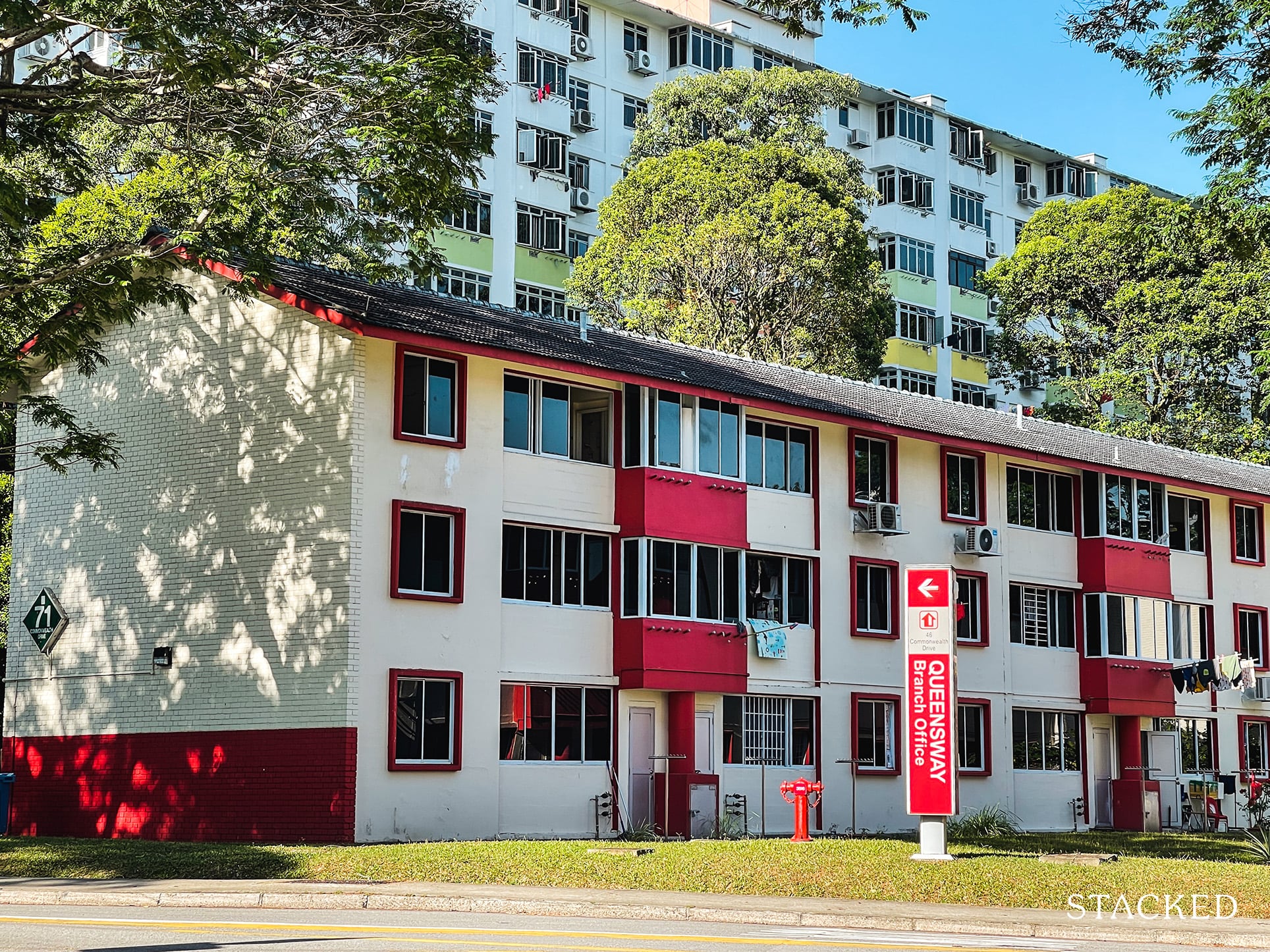
While SERS is a lottery-win, VERS is the reality that most Singaporeans will face
The Voluntary Early Redevelopment Scheme (VERS) will be the default for most housing estates. VERS will only be applied to flats that are at least 70 years old, and we haven’t seen an actual example yet.
However, VERS requires the majority’s consensus (much like a private en-bloc), and isn’t likely to be a windfall. Even if pegged to market value, a flat with 30-years on the lease won’t be worth too much.
As such, it’s best to assume SERS won’t happen, and be cautious about buying very old flats; even if they’re bigger, or the location is more mature.
For more property guides, or insights into unfolding trends, follow us on Stacked. We’ll keep you up to date on news and developments in the Singapore property market. If you’d like to get in touch for a more in-depth consultation, you can do so here.
Ryan J. Ong
A seasoned content strategist with over 17 years in the real estate and financial journalism sectors, Ryan has built a reputation for transforming complex industry jargon into accessible knowledge. With a track record of writing and editing for leading financial platforms and publications, Ryan's expertise has been recognised across various media outlets. His role as a former content editor for 99.co and a co-host for CNA 938's Open House programme underscores his commitment to providing valuable insights into the property market.Read next from Property Market Commentary

Property Market Commentary When Renting In Singapore Is The Smarter Move — And Buying Can Wait

Property Market Commentary A Wave Of New HDB Resale Supply Is Coming In 2026: Here’s Where To Find Them

Property Market Commentary 5 Key Features Buyers Should Expect in 2026 New Launch Condos

Property Market Commentary What “Lucky” Singaporean Homebuyers Used To Get Away With — That You Can’t Today
Latest Posts

Property Advice Should We Buy An Old 99-Year Leasehold Condo To Live In: Will It’s Value Fall When The Lease Runs Out?

Pro How A Once “Ulu” Condo Launched In 1997 Became A Top Performer

New Launch Condo Analysis I Reviewed A New Launch 4-Bedroom Penthouse At Beauty World

Landed Home Tours Why Singaporean Families Are Looking At This Landed Enclave From Around $4M

Singapore Property News Lentor’s First Condo Is Complete — The Early Profits May Surprise You

Property Advice We Own A $800K 1-Bedder And A $1.1M 3-Bedder: Is It Possible To Upgrade To A 4-Bedder Condo?

On The Market These Are Some Of The Cheapest 5-Room HDB Flats Left In Central Singapore

Pro This 698-Unit Ang Mo Kio Condo Launched At The Wrong Time — And Still Outperformed Peers

Singapore Property News $281.2M in Singapore Shophouse Deals in 2H2025 — But That Number Doesn’t Tell the Full Story

Property Investment Insights These Resale Condos In Singapore Were The Top Performers In 2025 — And Not All Were Obvious Winners

Singapore Property News CapitaLand–UOL’s $1.5 Billion Hougang Central Bid May Put Future Prices Above $2,500 PSF

Singapore Property News Why New Condo Sales Fell 87% In November (And Why It’s Not a Red Flag)

Pro How A 944-Unit Mega-Condo In Pasir Ris Ended Up Beating The Market
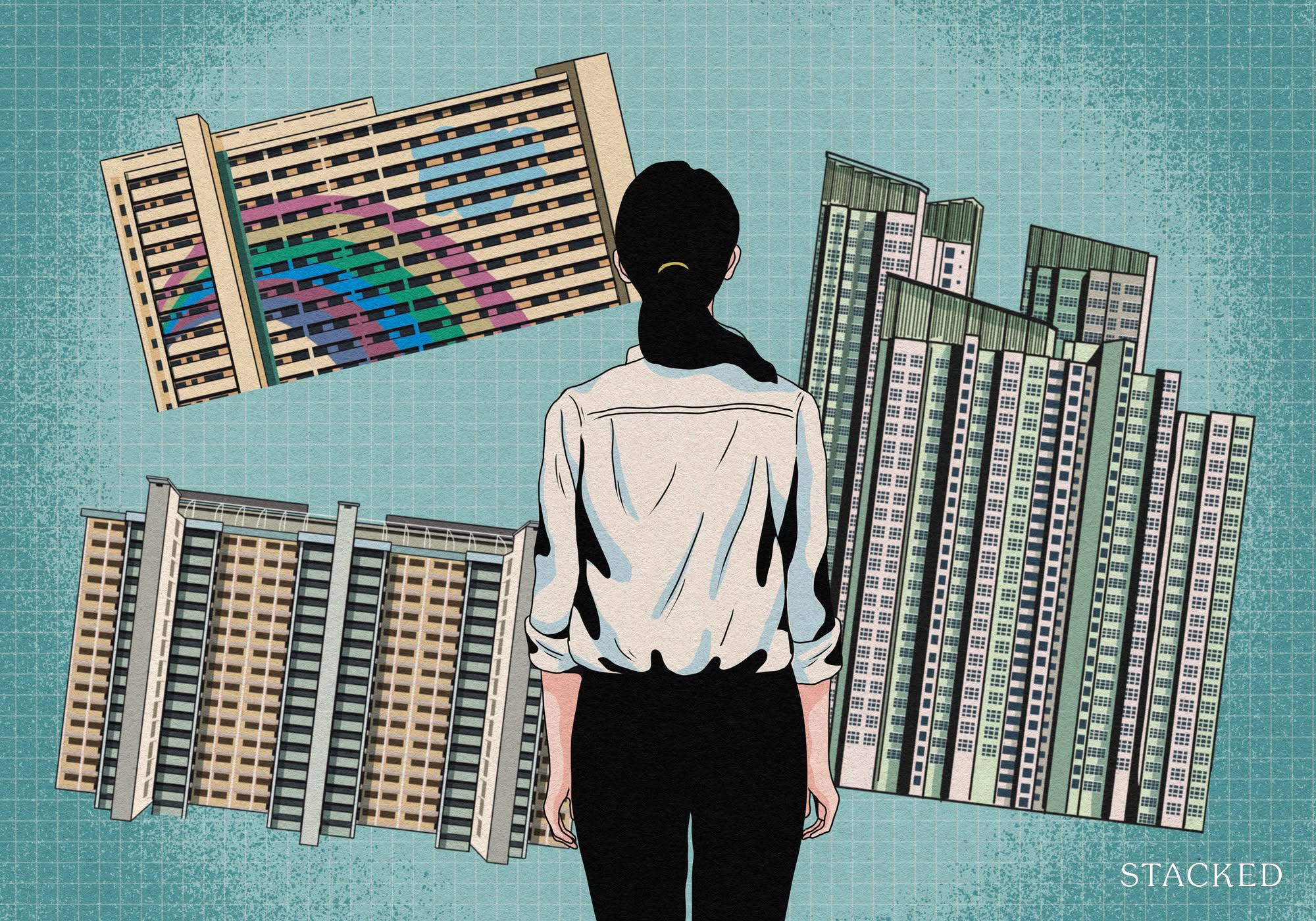
Property Investment Insights What Changed In Singapore’s Property Market In 2025 — And Why It Matters
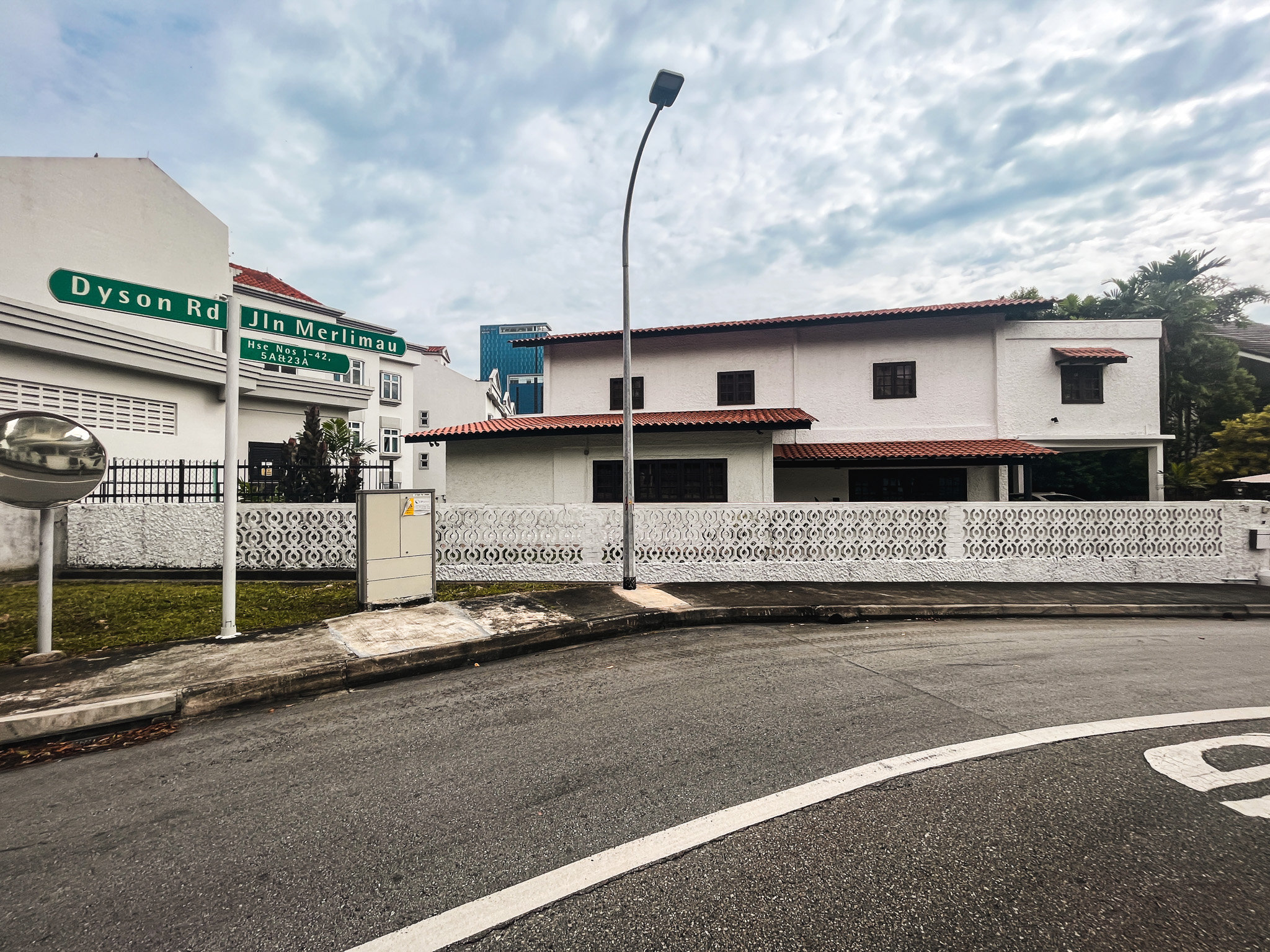
Editor's Pick We Toured A Quiet Freehold Landed Area Near Reputable Schools — Where Owners Rarely Sell


